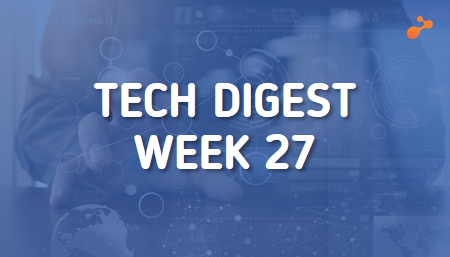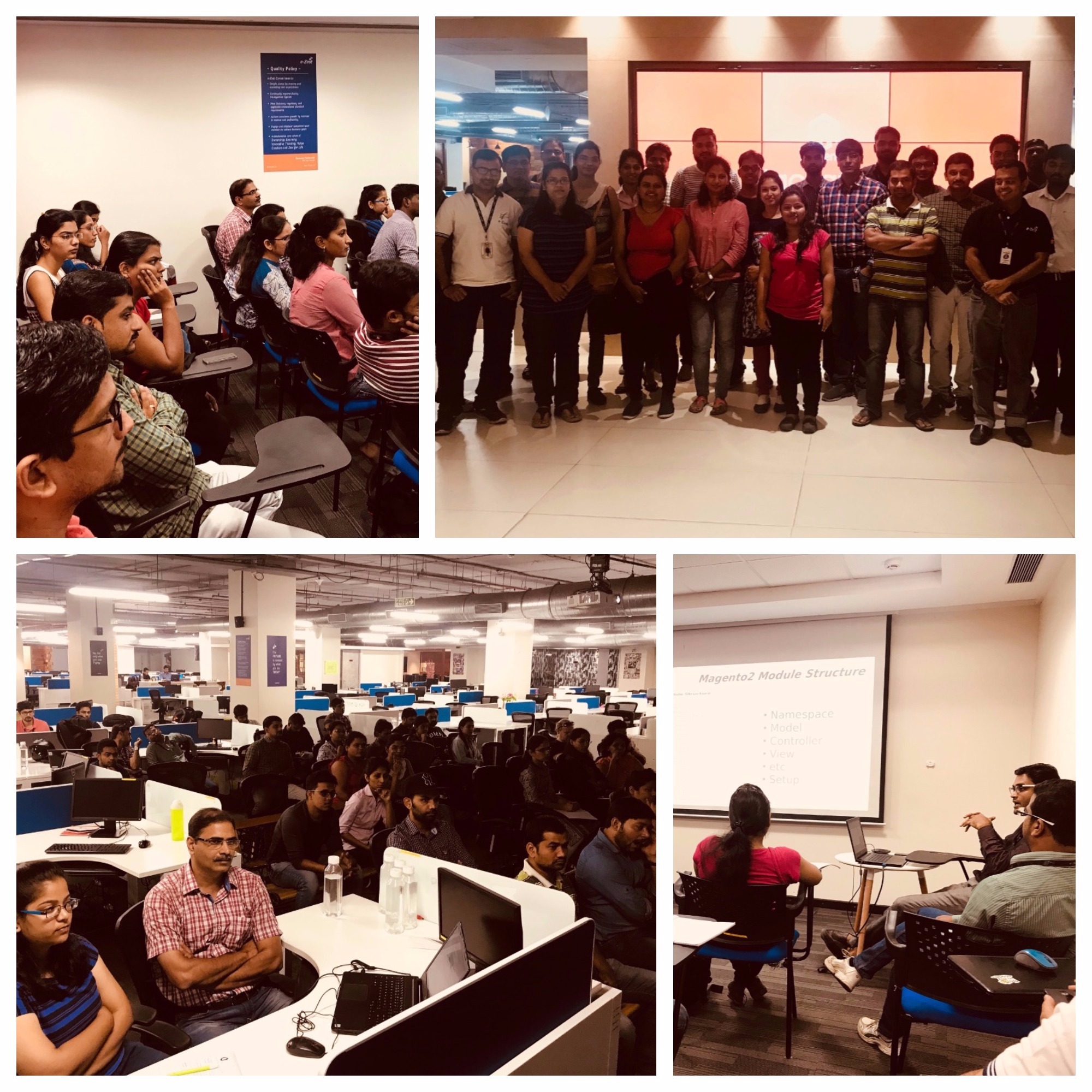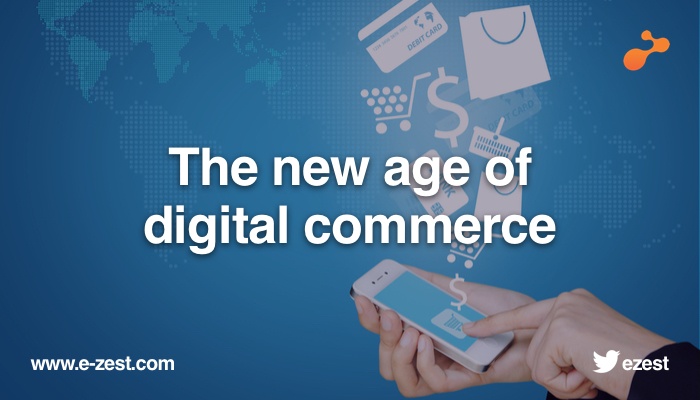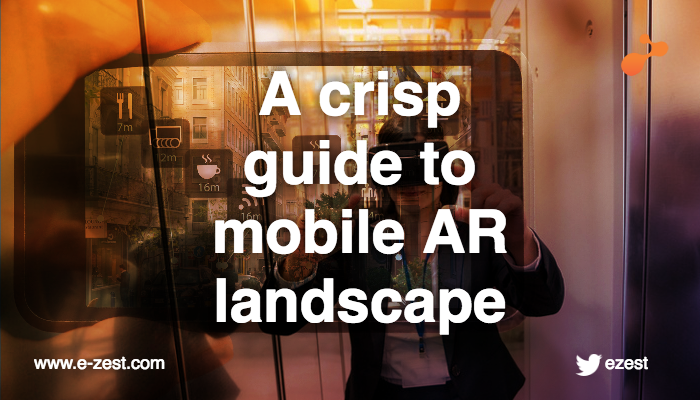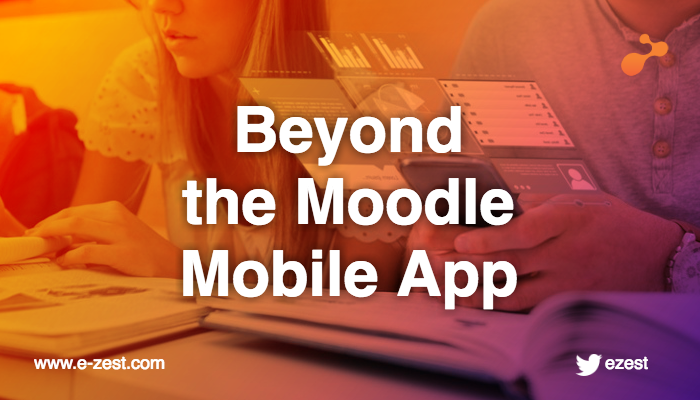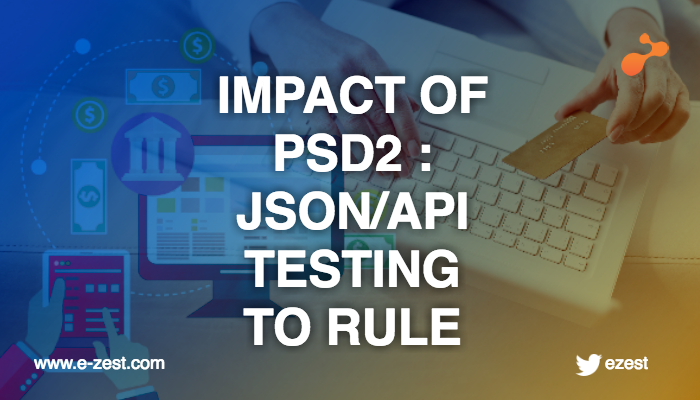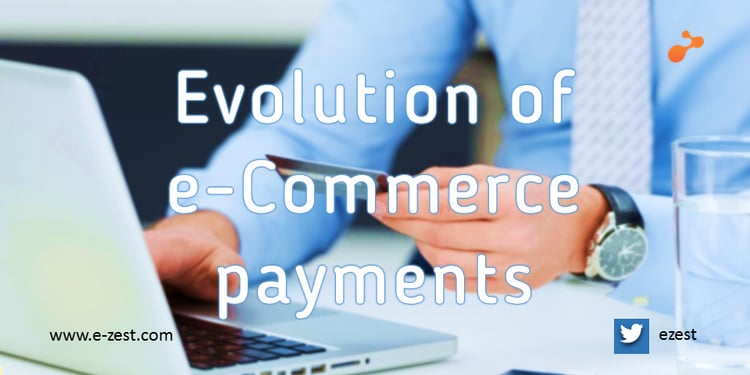
When the first e-commerce transaction was made in 1994, little did we know that one day e-commerce would rule the industry! Today, it has become an indispensable component for all the business units. It has cast huge impact on the way we shop today and has led to the formation of a whole new industry of e-commerce businesses and support services. According to latest statistics, global e-commerce is predicted to grow at around 19 per cent CAGR up to 2020.
In such a scenario, the major technological changes have led to the proliferation of alternative payments methods, which are making financial interactions easy, quick and secure. Today, there are more than 200 different types of payment methods that are used in e-commerce, including Ideal, Sofort, PayPal, etc.
Recent developments in the industry have proved that in order to tap the full potential of global e-commerce and m-commerce, the enterprises need to support a seamless, multi-channel, multi-payment type, multi-country payment service that is spread across the full payment value chain. This is believed to help the enterprises by supporting all the payment needs of the merchants and the merchant’s customers. However, there is one major issue that enterprises face here.
The major issue faced is that there are only a handful of payment service providers who are able to achieve this on a truly global basis. Therefore, payment companies are primarily interested in acquiring country and technology capability by partnerships and investing in new technology and new business models. So, what are the strategies and actions that could help to provide a full, global, seamless and multi-channel payment service?
Organizations have a wide array of elements across the e-commerce value chain that include merchants, payment gateways, processors, payment networks and issuers of payment instruments. What poses difficulties in creating a single and global payment strategy is diverse requirements on the demand side and fragmented capabilities on the supply side. Payments have become strategic for the merchants, which has led to the use of different gateways by different parts of the business in the recent times. This, coupled with the age-old POS estates and new regulation such as PSD2, provides an opportunity for enterprises to rationalize and consolidate the payment providers, and allow them to ask for improved payment capabilities as well as analytics. However, it is important to note that the aim of PSD2 is not only to allow competition and open the door to new technology. It would, in fact, open the EU’s door to monitor and regulate their actions so that consumers’ data is secure and safe from fraud by recognizing and legitimizing new financial services companies.
Defining the target market is critical for the payment gateways, in terms of geographies and merchant segments. The major things that they need to keep in consideration include, whether to consider merchant acquirers to go to market or should they go direct-to-merchant; what are the alternative payment methods that they need to support; the provision of POS services, to enable merchants to operate seamlessly with online etc. The scenario is a little different for the merchant acquirers. Basically, merchant acquirers focus on building an integrated POS and e-commerce capability.
Peer-to-peer payments mechanism is something that has been circulating since a long time now. Traditionally involving, cheques, the peer-to-peer payment system has expanded to include transfer of funds from one bank account to the other person’s account or card using software applications. It is not unrealistic to expect that we will see such a market with several big players that are represented by full-stack applications and multiple chatbots and microservices.
Today, processors, networks and issuer businesses are mainly dominated by cards. Using cards to perform e-commerce transactions is something that is emerging rapidly, while displacing POS retail sales. Therefore, they need to set strategies that capture the alternative payment volumes and reposition their cards business for digital commerce. However, the growing popularity of going card-less and cash-less has attracted the players in the industry. Emerging payment methods such as digital wallets, mobile wallets and carrier billing are also increasingly being used for online purchases.
It is critically important for the businesses to set a payment strategy as they witness a seismic shift to e-commerce that has substituted the in-store for digital purchases and generated complex consumer interactions that cross both channels. It is going to be interesting to see how e-commerce players would navigate through the dynamic times of e-commerce, both in terms of technology and payment.



